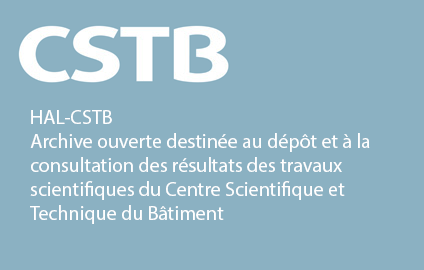Radiation attenuation and opacity in smoke and water sprays
Résumé
Radiation attenuation through sprays, smoke and mixings of both media was studied in the infrared and in the visible range, by conducting real scale experiments in a corridor. The effect of water injection by a water mist nozzle and a sprinkler device was investigated. Radiation attenuation in the infrared range and opacity in the visible range were measured, by using a FTIR spectrometer and a dedicated opacimetry device especially designed for the present application. Experiments were done using either a blackbody source for attenuation characterization, or a heptane pool fire aimed at producing smoke for opacity measurements. For tests with smoke, the difficulties raised by the harsh environment involving a hot mixing of gas plus soot and vapor carrying water droplets were circumvented with an original device involving an optical fiber network. Mean infrared transmission was found equal to 12% for the water mist (with a 25 L/min water flowrate) and 37% for the sprinkler (with a 91 L/min water flowrate). Fitting the infrared transmission spectra with results obtained using a Monte Carlo simulation provided an estimation of the water volumetric fraction in the spray. It was shown that the better attenuation capability of the water mist is due to two factors: (1) a higher extinction coefficient of the water mist for a given water volumetric fraction due to the small size of the injected droplets and (2) a higher water volumetric fraction. Opacity measurements in the visible range yielded a measured extinction coefficient in good agreement with an estimation obtained with the Mie theory and the identified water volumetric fraction. Moreover, the water sprays (sprinkler or water mist) was seen to lead to a quick de-stratification of the smoke layer. When the spraying operation was stopped, the visibility re-increased in two main steps: a first step of fast increase and a second step of slow increase needing a few tens of seconds to get again a fully stratified smoke layer.
